
The Evercidious: Understanding Marcescence
Whatever the reason might be for the emergence and retention of this quirky plant habit known as marcescence, it still stands as one of the most intriguing and fantastic botanical bounties to be found on a walk through the woods on a cold January day.
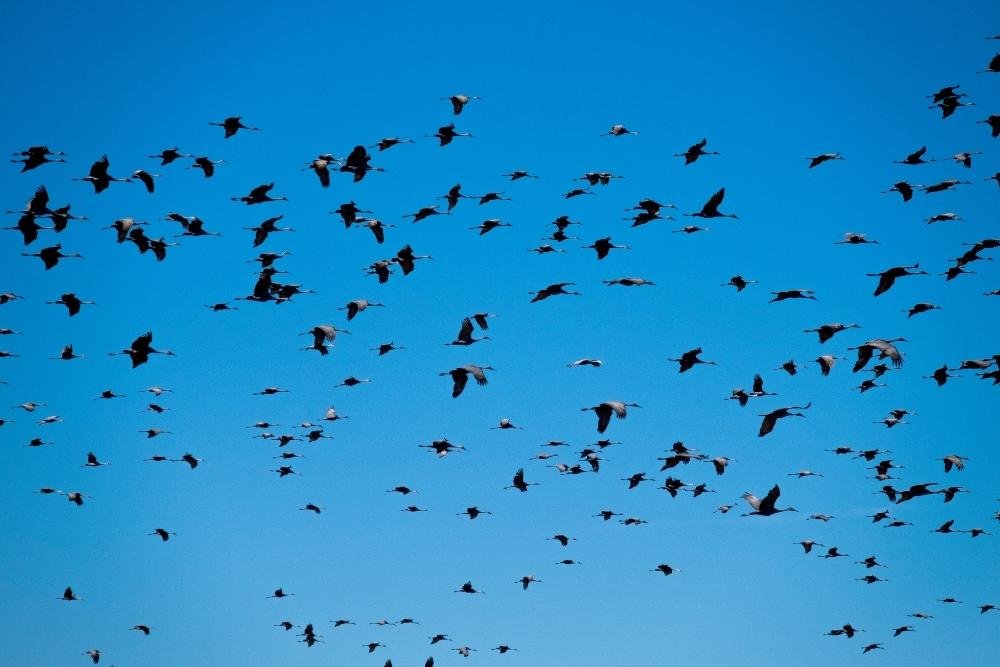
Sandhill Cranes
Aldo Leopold, the father of modern day wildlife management, wrote about the Sandhill Cranes, saying “When we hear his call, we hear no mere bird. We hear the trumpet in the orchestra of evolution.” The fossils of a bird with identical structure to the Sandhill Crane has been carbon dated to have lived 10 million years ago, making the Sandhill Crane the longest surviving bird on the planet.

Cardamine, a Wonderful Winter Groundcover
In the midst of winter, when many herbaceous plants have gone dormant, there is one, Cardamine diphylla, that remains to enliven the muted colors of the forest floor (or garden) with its emerald green foliage. The foliage of this woodland treasure appears in mid-to-late fall, remains as a lovely groundcover throughout the winter, and then, in spring, stalks of small, white-flushed-with-pink, bell-shaped emerge.

Trees: The Best Ecological Bang for Your Buck
There are many things you can do to be a good steward to the environment, but planting a native tree is decisively the “best ecological bang for your buck.” Because of a tree’s sheer size and long lifespan, a tree is a prime ecological investment when we discuss restoration and rewilding efforts. As a tree ages and matures, the ecosystem services it provides will only continue to expand alongside it.

Historic Conservation Easement Complete
Reflection Riding Arboretum and Nature Center has completed the process of permanently preserving its 300+ acres of idyllic green space in the heart of Chattanooga. Reflection Riding partnered with the American Battlefield Trust and the City of Chattanooga to further protect their scenic land forever through a historic conservation easement. With partners like Reflection Riding, the Trust has worked to protect more than 53,000 acres across 24 states. This work adds an important tract of “The Battle Above the Clouds” to conserved, historic landscapes across the greater Chattanooga region.
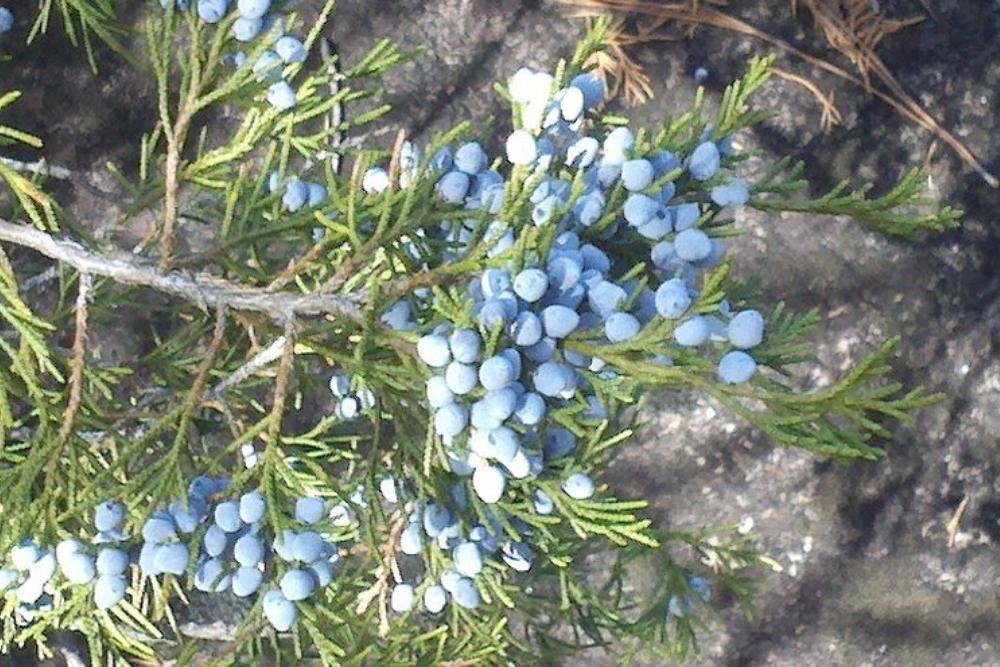
Eastern Red Cedar
Eastern Red Cedar is a confusing name for this species, since it’s a juniper, not a cedar. Juniperus virginiana is native to the eastern half of the United States and southeastern Canada. Many of us have seen this tree around our neighborhoods or along roadsides but may not have paid much attention to it. However, it’s a valuable member of our flora.
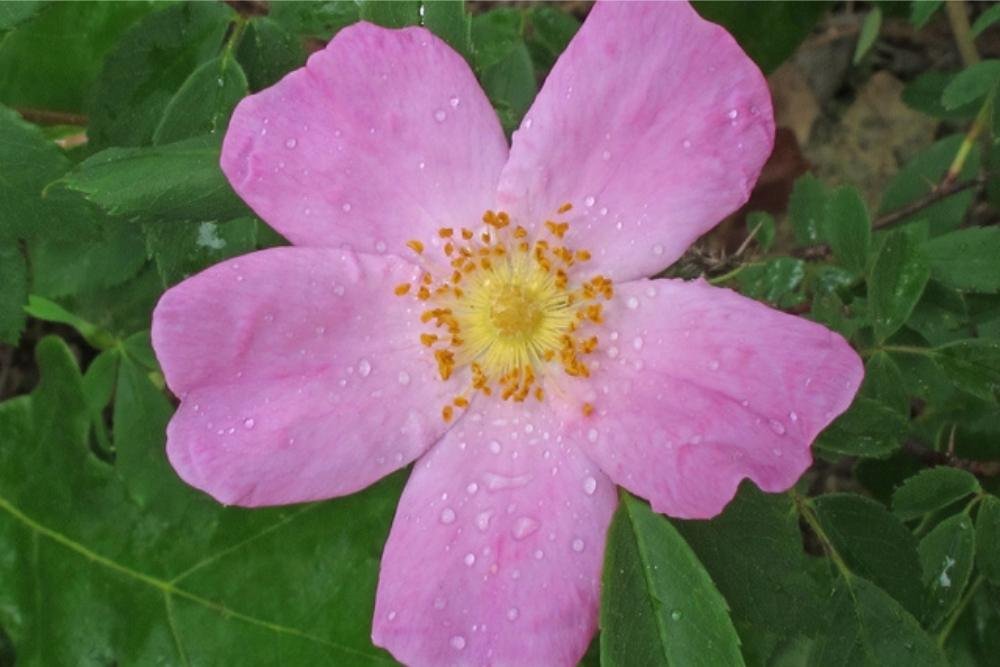
Carolina Rose
Carolina Rose – Rosa Carolina – is a member of the Rose (Rosaceae) family and is a perennial, deciduous, shade-loving flowering shrub that has many 2-3-inch flowers from June through August. Of course, if given full sun, it will produce a myriad of large, pink blossoms. It is native to the eastern and central United States and grows to a height of 3 to 6 feet tall and a diameter of 5 to 10 feet.
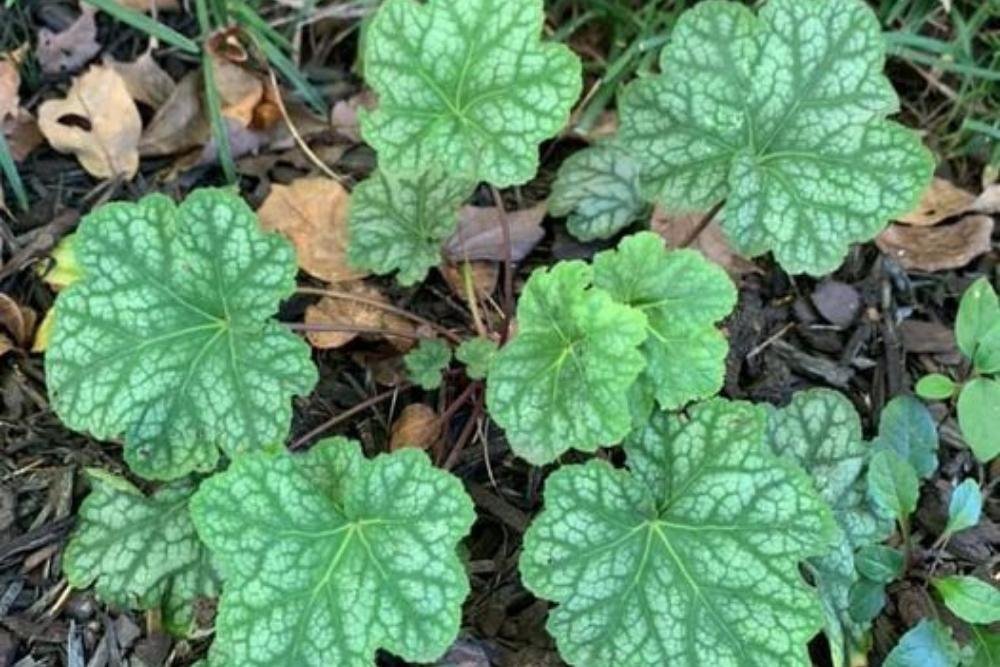
Coral Bells, American Alumroot
Coral Bells – Heuchera americana – A gardener’s workhorse and a centuries-old classic, the Alumroot/Coral Bells are a native genus of wonderfully attractive, clump-forming, herbaceous perennials in the highly diverse Saxifrage family - Saxifragaceae. Generally hardy from USDA zones 4 through 9, some species are adaptable in zones 3 through 11; alumroot/ coral bells are as reliable as they come in the plant world.

Baby, It’s Cold Outside
Ever wonder where some animals go when winter blows in with cold temps? Many birds migrate to warmer locales, some species adapt to the cold weather, and some thrive in it. But what happens if a species can’t tolerate the cold and isn’t migratory? They may enter into hibernation, torpor, or brumation.

Crossley
Our beloved Crossley the Barred Owl died on November 23, 2021, from a respiratory illness. Crossley came to Reflection Riding June 4, 2018, as a young brancher. He was a larger than life animal ambassador, and people were naturally drawn to him, endeared by his goofiness and beauty.

Frost Flowers, Winter Wonders
If you love nature but think there’s less to see on those cold days, Reflection Riding has something that can debunk that myth - frost flowers! Trust us when we say you won't want to miss this fascinating phenomenon. The search begins on brisk, chilly mornings when you can see your breath and there’s frost on the ground.
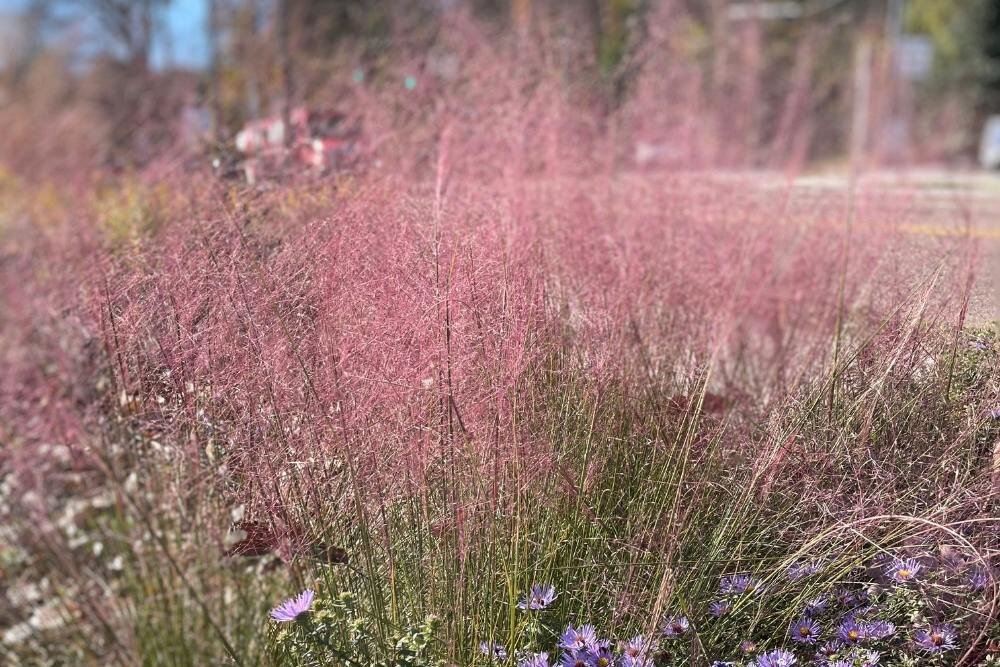
Muhly Grass
Muhly Grass (Muhlenbergia capillaris) is a perennial native grass that has become a very popular addition to many gardens and landscapes. Its most common name is Muhly Grass. The genus Muhlenbergia is in the grass family, the Poaceae. It is often used as an accent plant in gardens, as filler for disturbed areas, or in large groups for a visually stunning effect. As autumn approaches, Muhly Grass takes center stage when it bursts forth with its wispy purple/pink spikes of flowers.

Our Red Wolves Get a Winter Checkup
Every winter, we catch all our Red Wolves, vaccinate them, thoroughly check them over, and draw blood. Sounds simple, but this rodeo takes careful coordination and an experienced team.
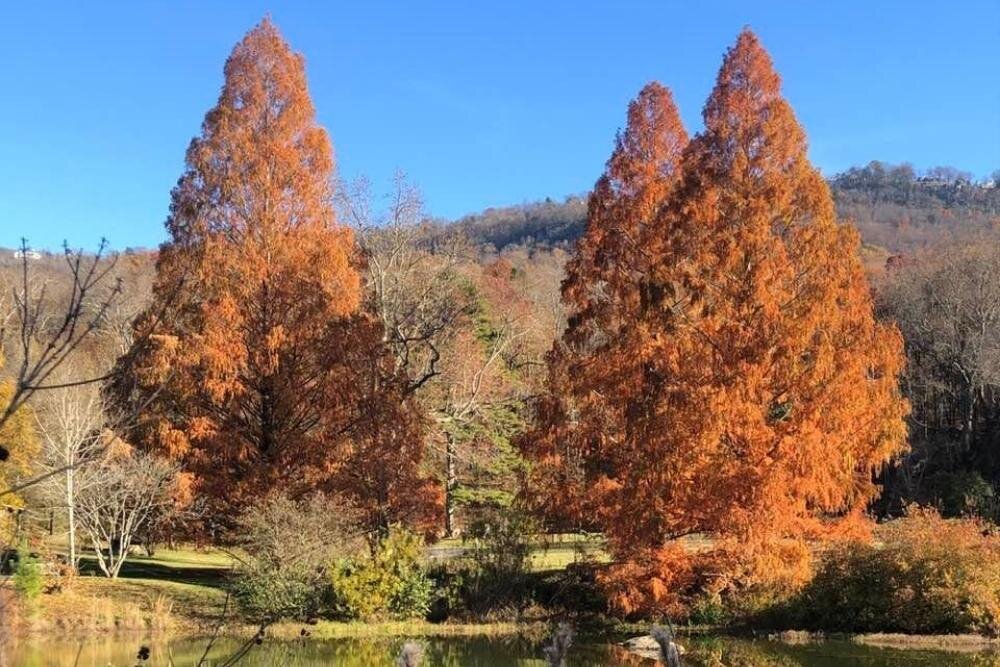
Dawn Redwood, a Living Fossil
Dawn Redwood (Metasequoia glyptostroboides) is closely related to Bald Cypress (Taxodium distichum) – both being in the Cypress family, the Cupressaceae. What’s perhaps most fascinating about Dawn Redwood is its discovery, after a botanist discovered a fossil and thought this tree extinct. Come see our “living fossils!” They’re beautiful at all times of the year, and their buttressed and furrowed trunks are a sight to behold.

The Tiger Salamander
Tiger Salamanders are the largest and most widespread land-dwelling salamanders in North America. They can live in a variety of habitats but are very sensitive to environmental changes.
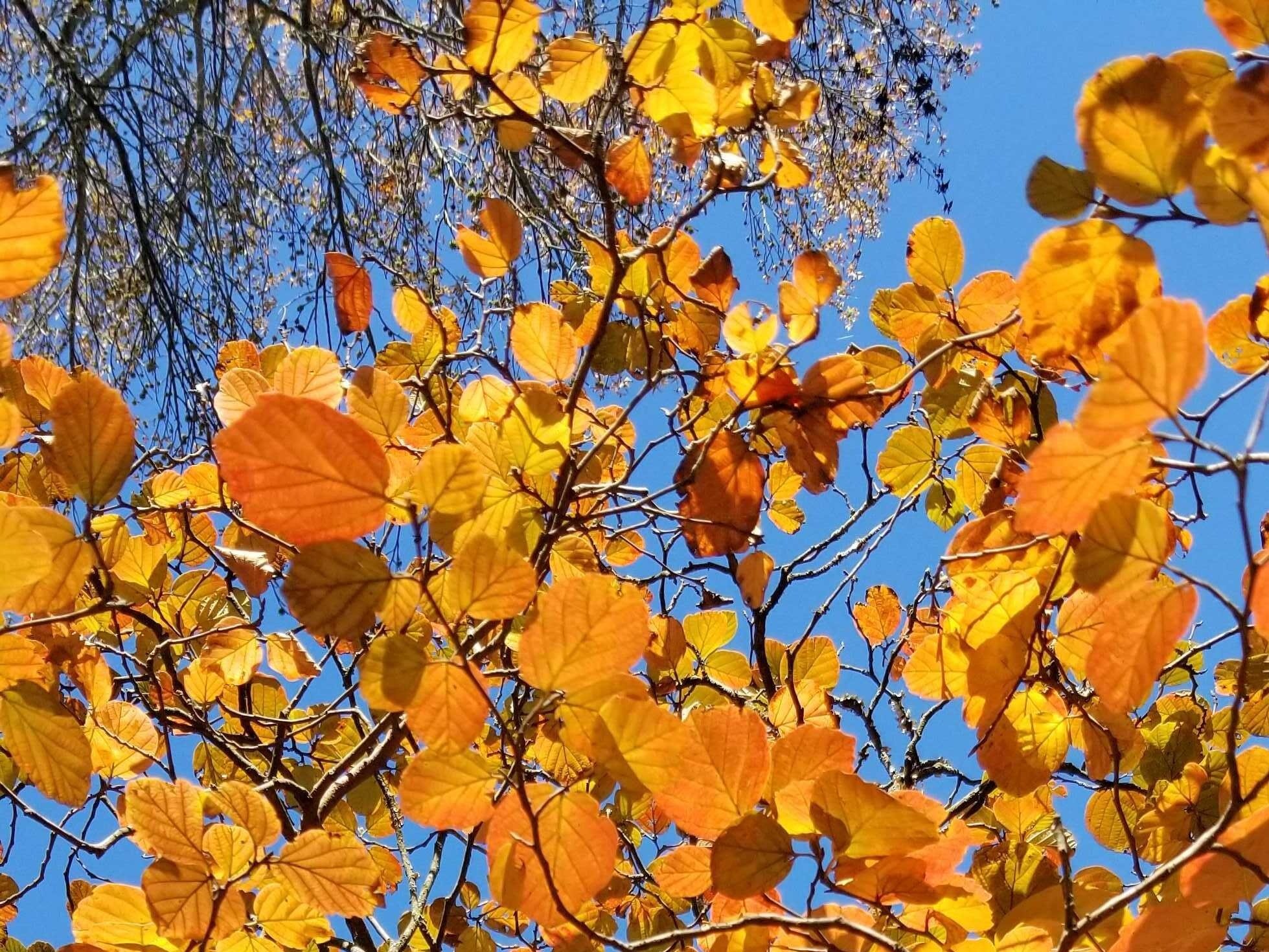
Fothergilla - Witch Alder
Fothergilla or Witch Alder – (Fothergilla major and other species) – both the dwarf and the standard species add beautiful autumnal color to any garden. These species (F. gardenia and F. major) are native to the southeastern portion of the United States. They are in the witch-hazel (Hamamelidaceae) family and produce white, showy, fragrant, bottle-brush flowers from April through May. The fruits ripen in mid to late autumn. Fothergilla produces two seeds contained in a capsule that, after drying on the stem, will explosively rupture to send the seeds to the nearby environment.

The Importance of Leaf Litter
That leaf litter in your yard is more valuable than you may realize. Whatever you call it, don’t rake, blow, or bag it! Those leaves provide excellent protection for slugs, snails, worms, centipedes and millipedes, spiders, beetles, and even bats and small mammals.
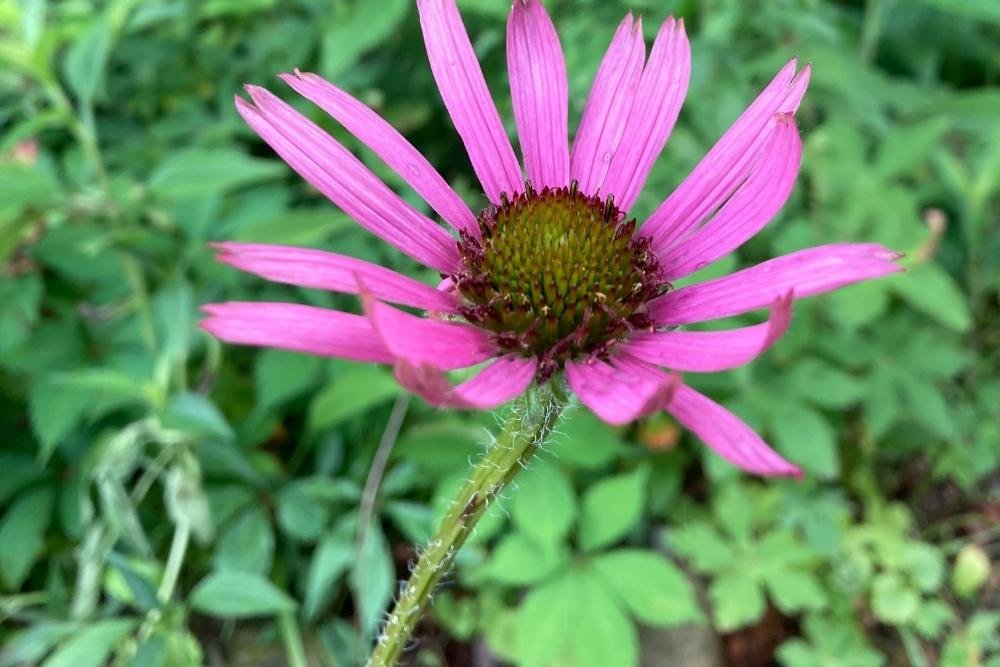
Native or Endemic...and a Plant That is Both
The term “native” is frequently used in regard to plants, but what exactly does it mean - and how does it differ from the term “endemic” plant?
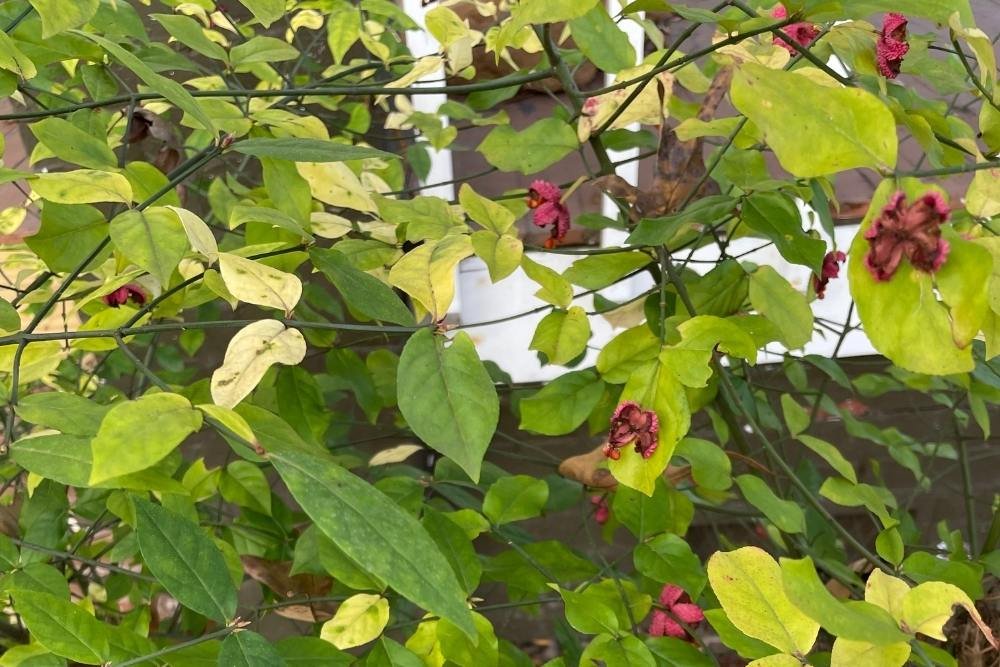
Strawberry Bush
Strawberry Bush – Euonymus americanus – is a deciduous, perennial shrub native to the southern and mid-Atlantic US. It grows to a height of 4 to 12 feet with a similar diameter and makes an excellent background or specimen in the landscape.
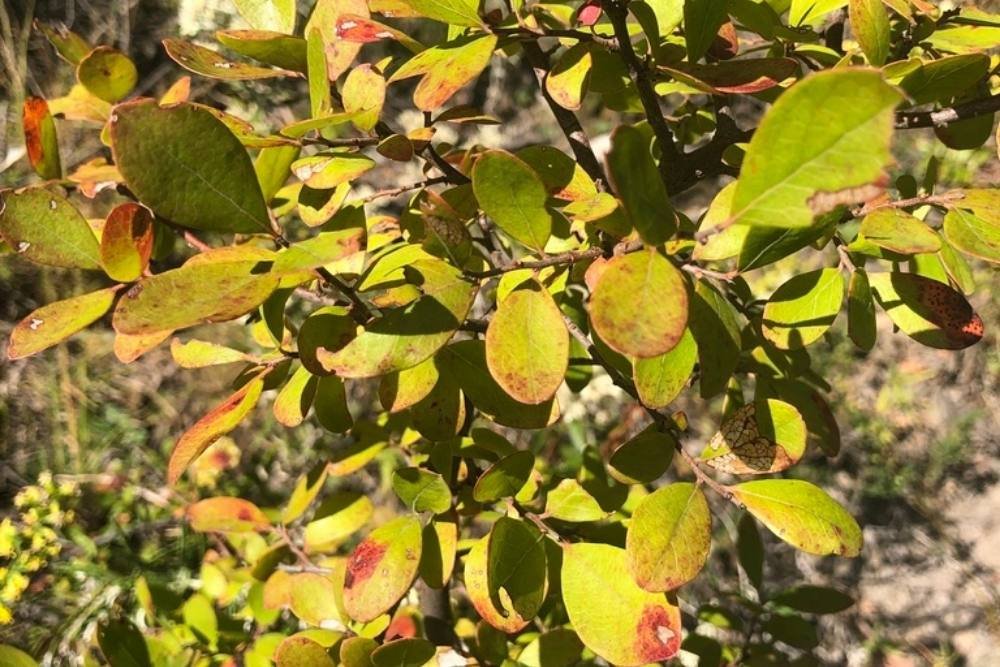
Sparkleberry
Sparkleberry (Vaccinium arboreum) is a semi-evergreen large shrub or a small tree that is the tallest of the blueberry Genus and grows in the southern United States. Its bright, glossy leaves will turn red to burgundy in the fall, and many will hold on most of the winter. One of its best characteristics is its exfoliating bark, with rich grey, brown, orange, and red often all present on older plants. In late spring or early summer, plants with decent sun become covered in showy, white, bell-shaped flowers. Its heat and drought tolerance are legendary once it is established, and it is one of the most handsome understory native species we have.

